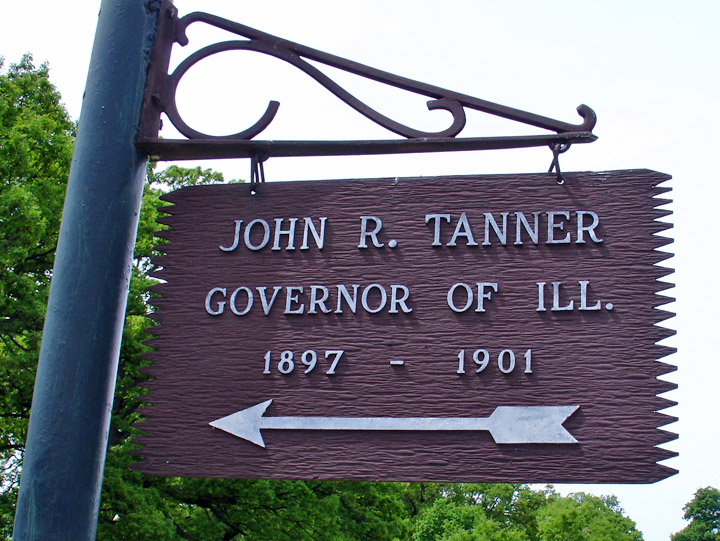

Lincoln's Tomb
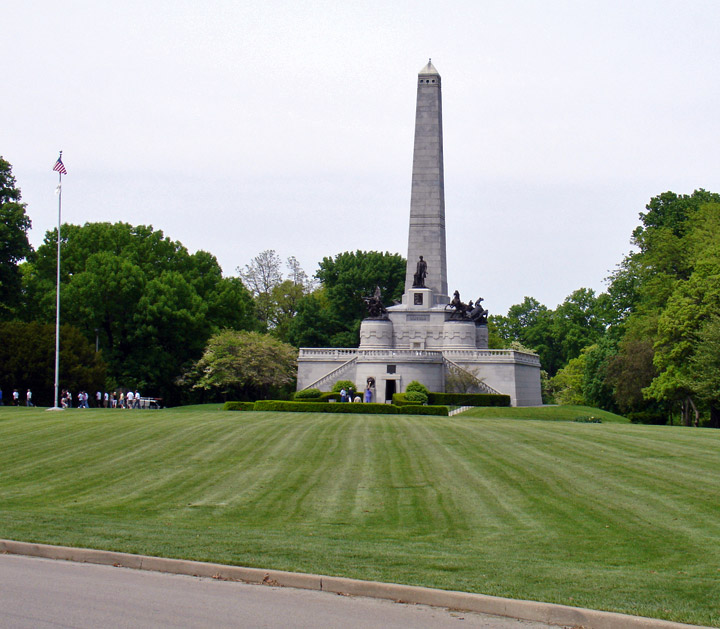
Abraham Lincoln, his wife Mary and
three of their four sons are buried in this impressive monument in Oak Ridge
Cemetery. When Lincoln was killed in 1865, his Illinois friends immediately
sought to bury him in Springfield.
The bodies of Lincoln and his son Willie were first placed in the cemetery's
receiving vault, because the tomb was not completed until 1874. Designed by
Larkin Mead of Vermont, the monument features a 117-foot granite shaft and
famous statuary.
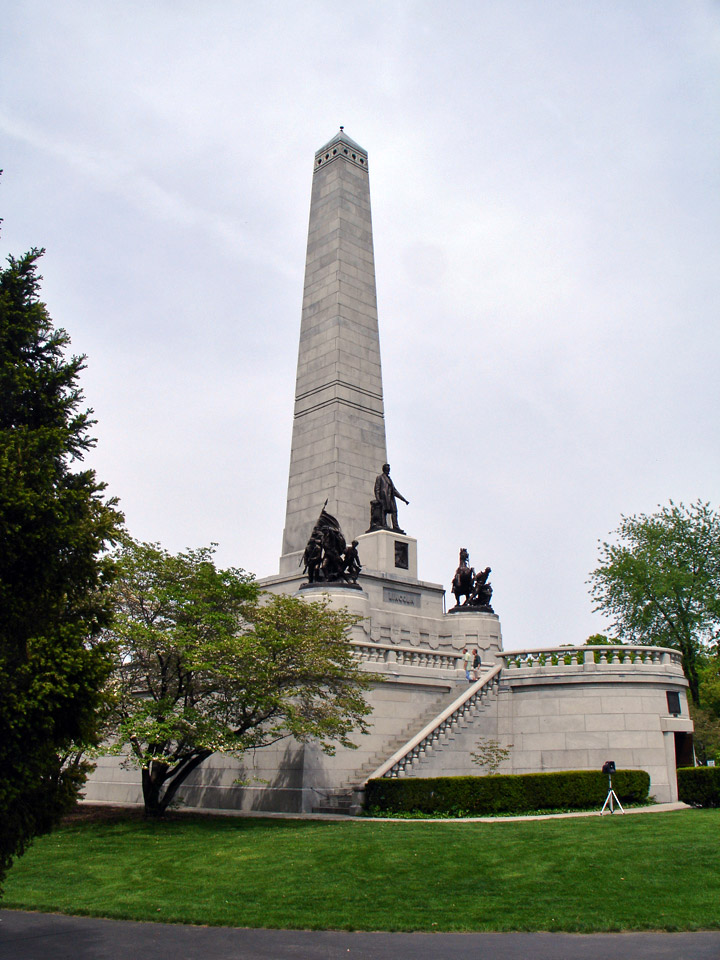
Dedicated October 15, 1874
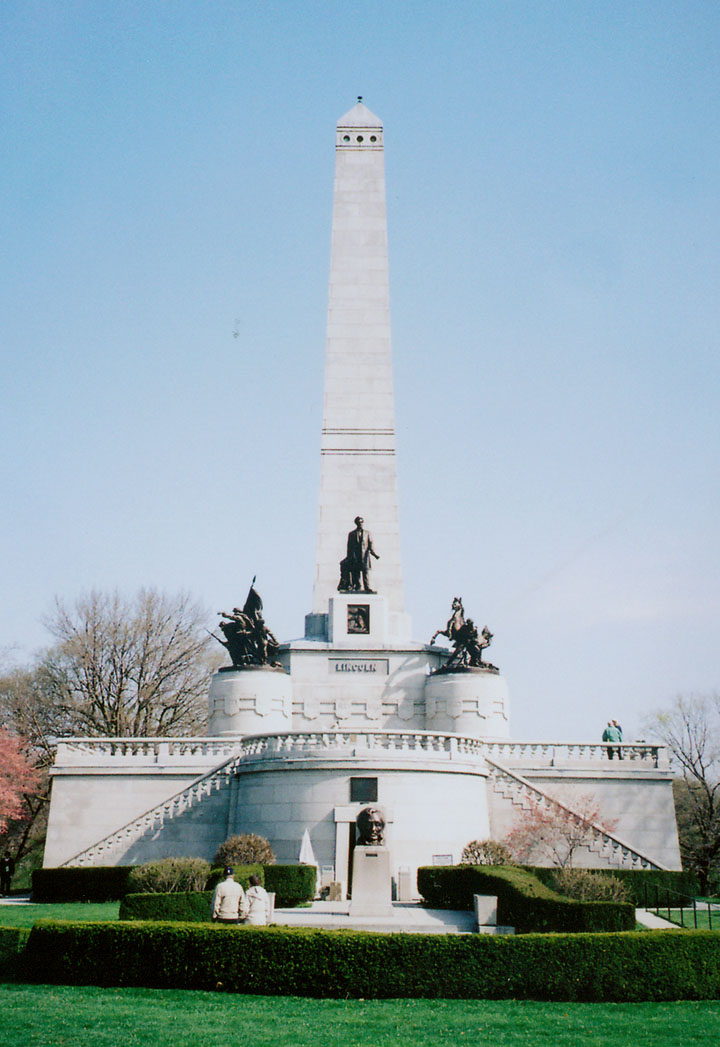
Shortly after Lincoln's assassination, a special public meeting met to determine the most appropriate method of memorializing their late president. A special committee from this meeting resolved itself into a National Lincoln Monument Association and was headed by Governor Richard Oglesby. Several prominent Springfield men, most personal friends of Abraham Lincoln, comprised the group, among them John T. Stuart, his first law partner, and O. M. Hatch, a friend and ex-Illinois secretary of state. The Association planned and began construction on a special vault for Lincoln located on the grounds chosen for the new statehouse, but Mrs. Lincoln objected, insisting that her husband rest forever in the city's rural Oak Ridge Cemetery. Honoring the first lady's wishes, the Association arranged for the president and his son Willie, who died in 1863 and traveled with his father to Springfield, to lay in the Cemetery's public receiving vault. In the meantime, workers began constructing a temporary vault where the president would lay until the completion of his National Monument and Tomb. On December 21, 1865, after verifying the remains, officials moved the president, Willie, and another son, Eddie, into this temporary vault.
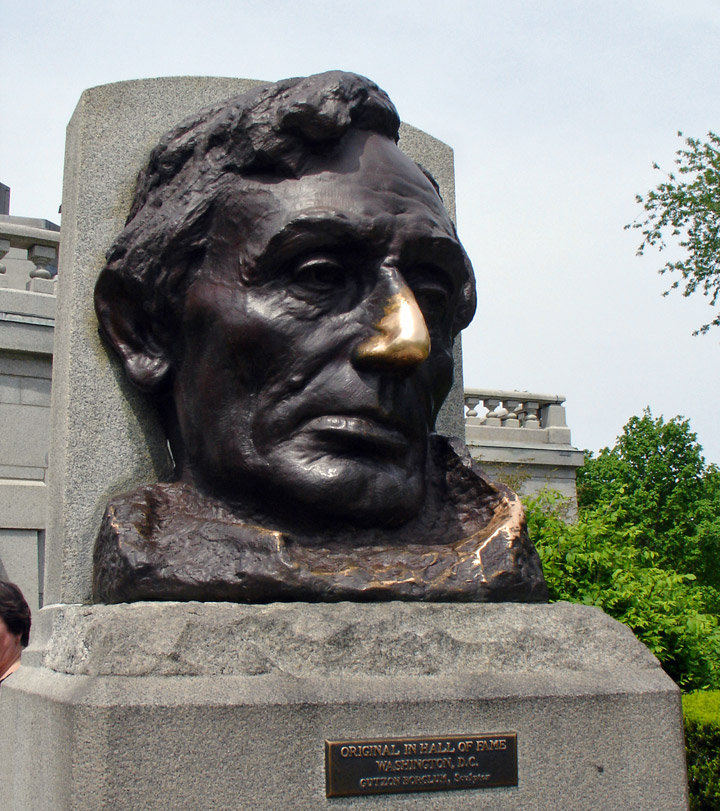
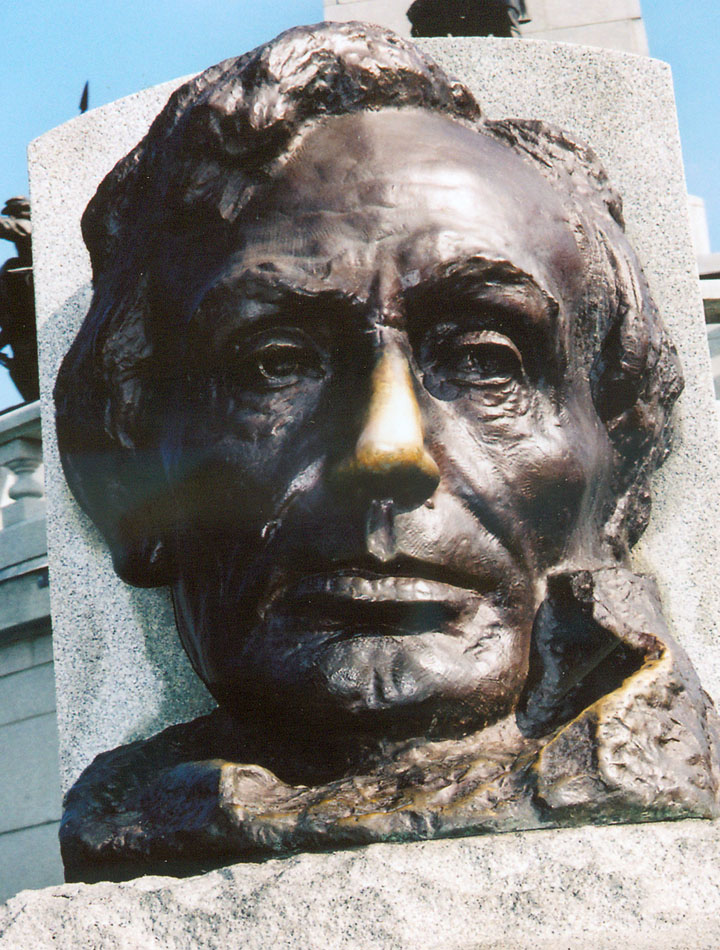
In 1868, after a major fundraising campaign, the Association sent out a call for designs. They received thirty-seven designs, choosing one by Larkin G. Mead of Vermont. Mead, a sculptor, contracted to produced the exterior statuary while local contractor W. D. Richardson agreed to construct the monument itself.
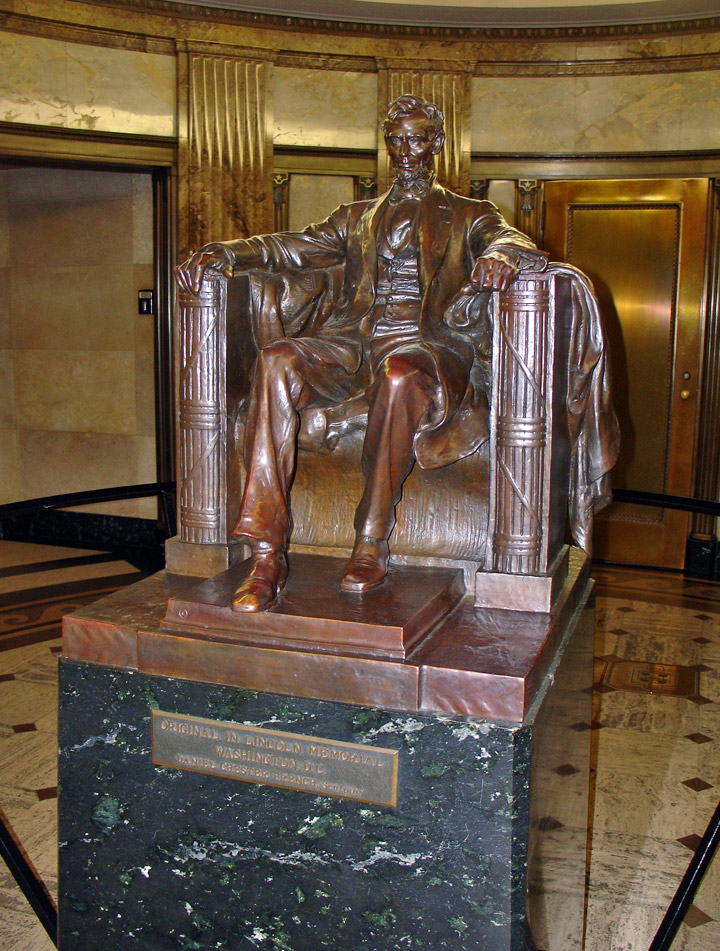
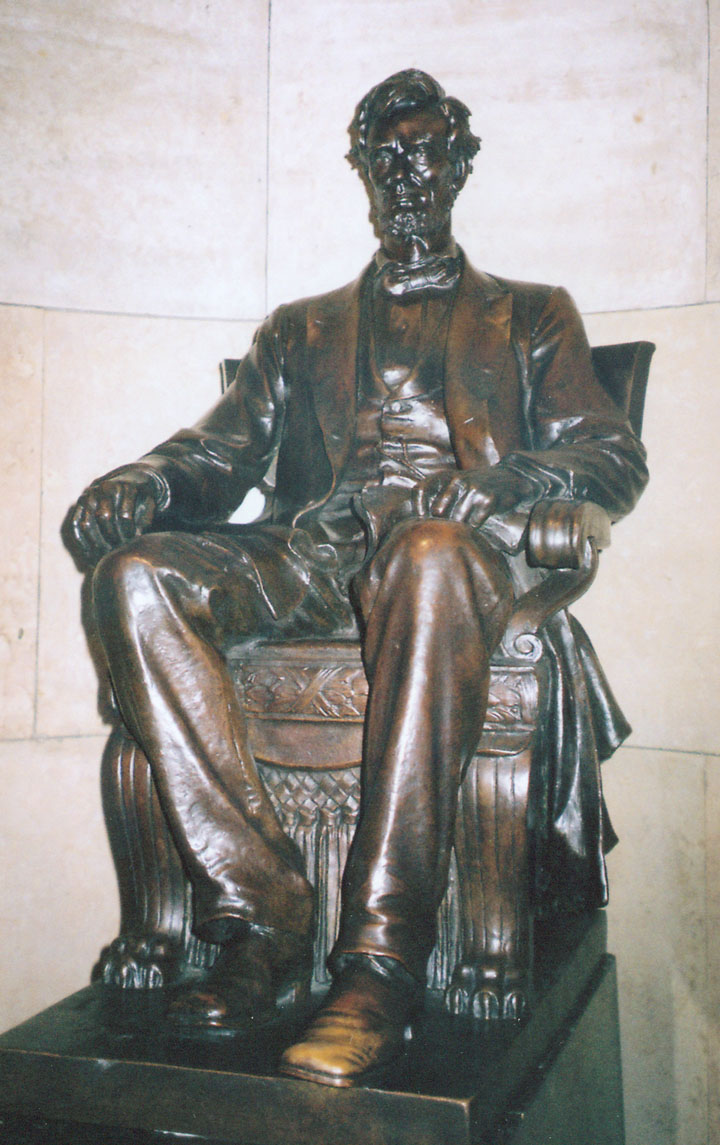
Work proceeded on schedule, and by 1871, although not complete, the tomb was ready to receive its first interment, only it was not that of the president. Lincoln's son, Thomas ("Tad"), died of fever after returning from Europe. On July 17, 1871, Thomas became the first Lincoln to occupy the tomb. On September 19 of the same year, his father and two brothers joined him. At that time, those responsible decided to remove Lincoln's body from the wooden coffin where it lay and seal it in a metallic burial case.
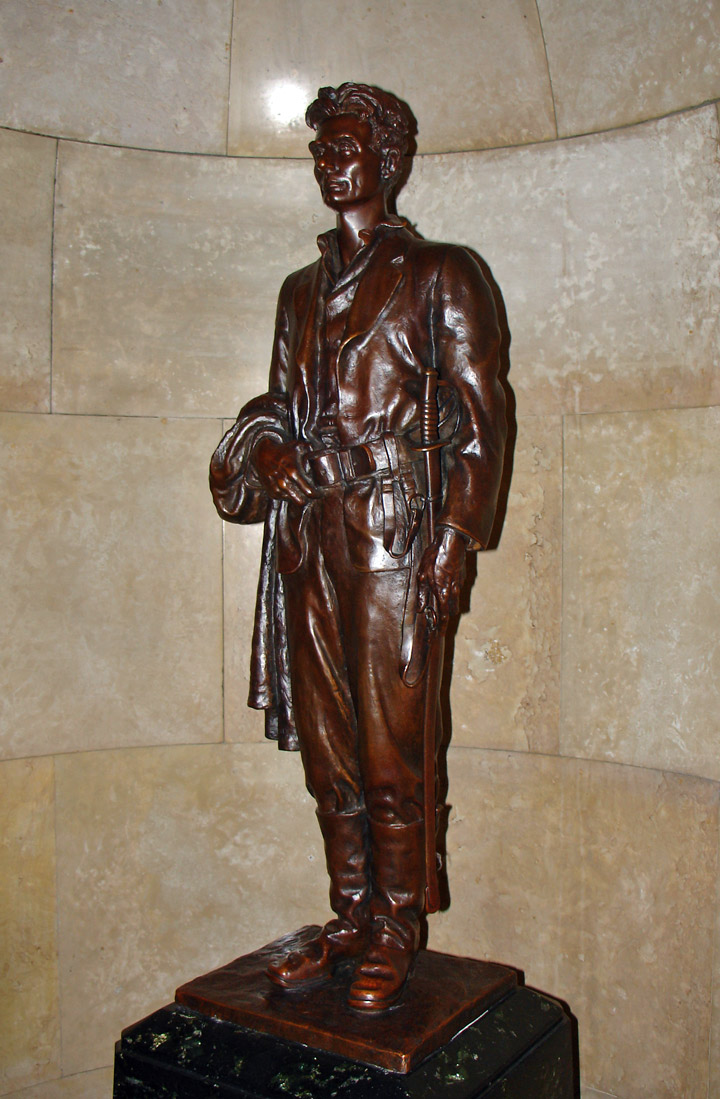

The Association continued its efforts to raise the $171,000 necessary to complete the tomb and monument. The total cost covered the construction of the monument, including the foundation, base, terrace, and obelisk, as well as the statuary of Lincoln and the four armed forces groups representing the infantry, cavalry, artillery, and the navy that would adorn the obelisk's pedestal. Public enthusiasm and support was high and the Association was able to secure subscriptions to meet financial needs. Additionally, they secured the support of prominent individuals and families from four cities to underwrite the cost of the pedestal statuary. Consequently, the infantry group was a gift from the city of Chicago, the naval group was furnished by New York City, Boston donated the cavalry statue, while Philadelphia provided funds to finish the artillery group.
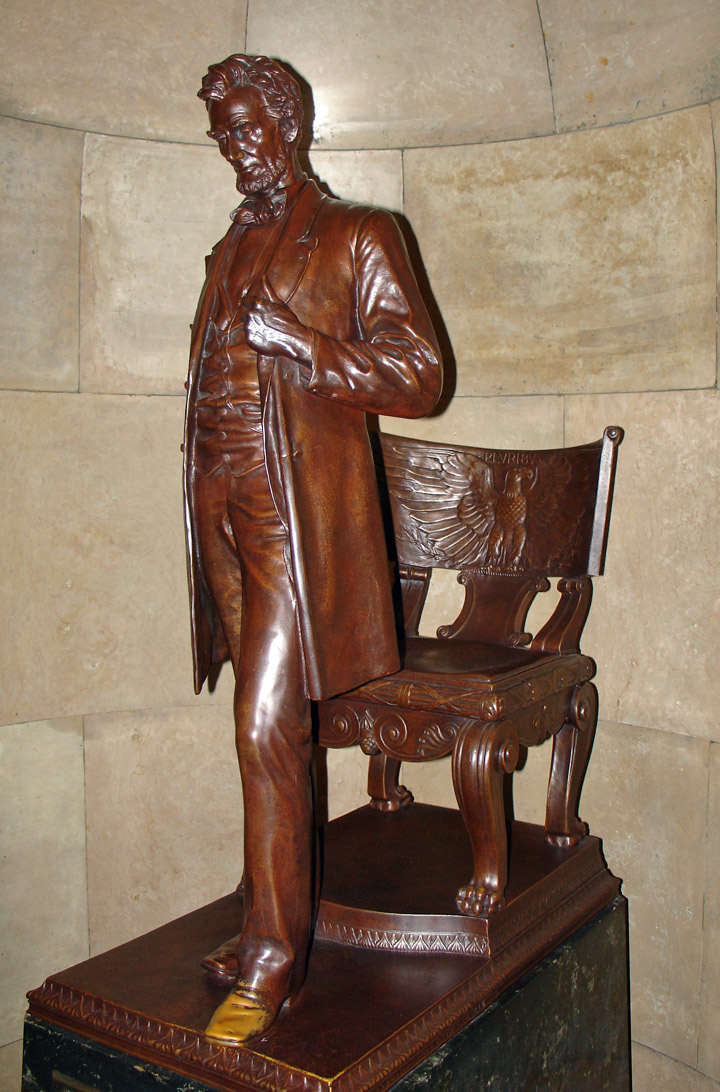
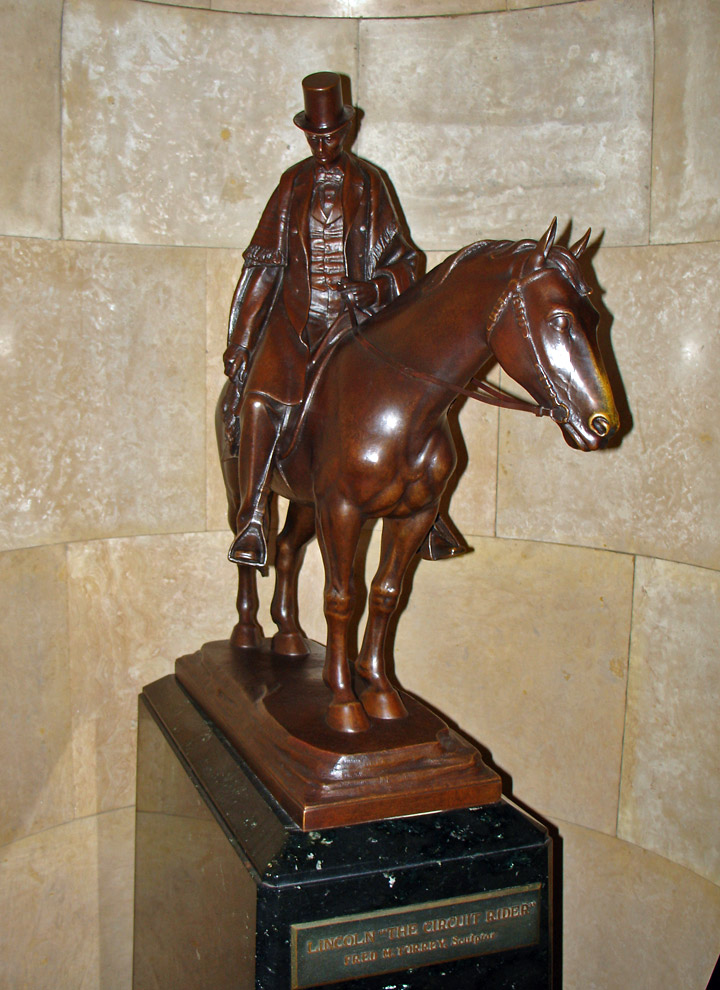
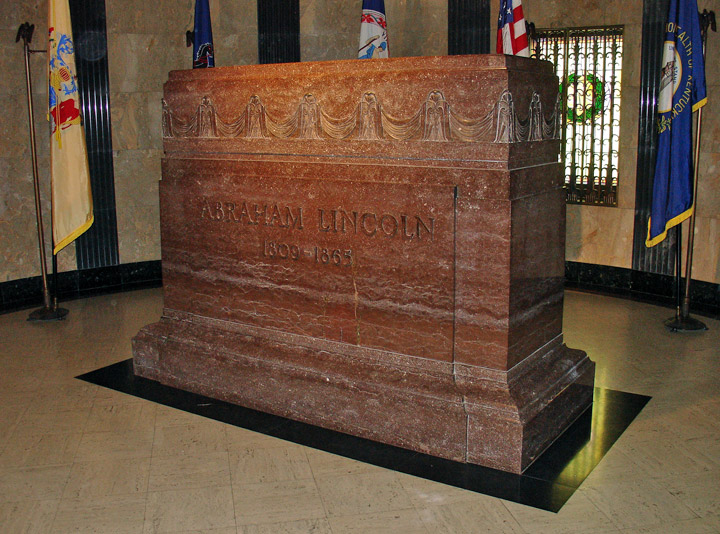
Lincoln's sarcophagus in the monument's burial chamber lies below the floor in a steel reinforced concrete crypt. It has remained there since 1901, after a major reconstruction project. The flags surrounding the marker represent four states that were homes to Lincoln's ancestors (Massachusetts, New Jersey, Pennsylvania, and Virginia) and the three states where Lincoln lived (Kentucky, Indiana, and Illinois). The U.S. and presidential flags are also included. Secretary of War Edwin M. Stanton's famous words, "Now he belongs to the ages," adorns the marble above and behind his marker. Mary Todd Lincoln and three of the Lincolns' sons are buried in a family crypt located behind visitors as they face Lincoln's marker. Their names are carved into the tomb's wall.
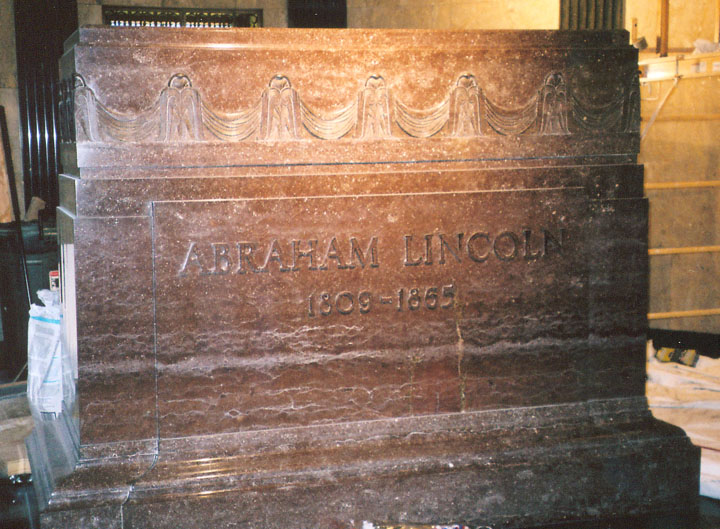
buried ten feet under this marker
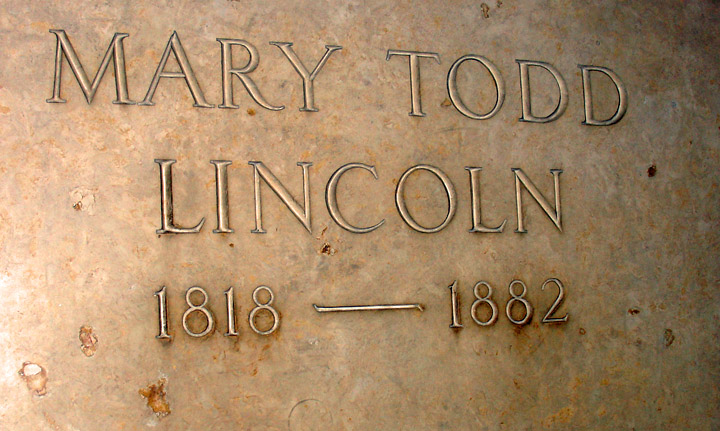
his wife, Mary Todd Lincoln
is interned in the opposite wall
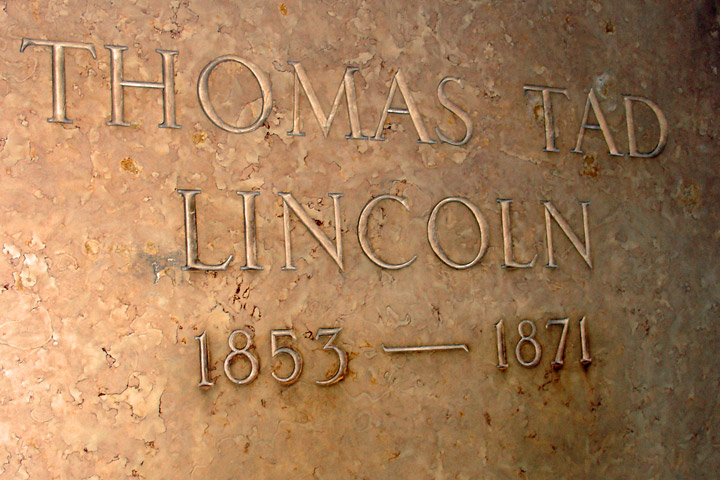
their young son
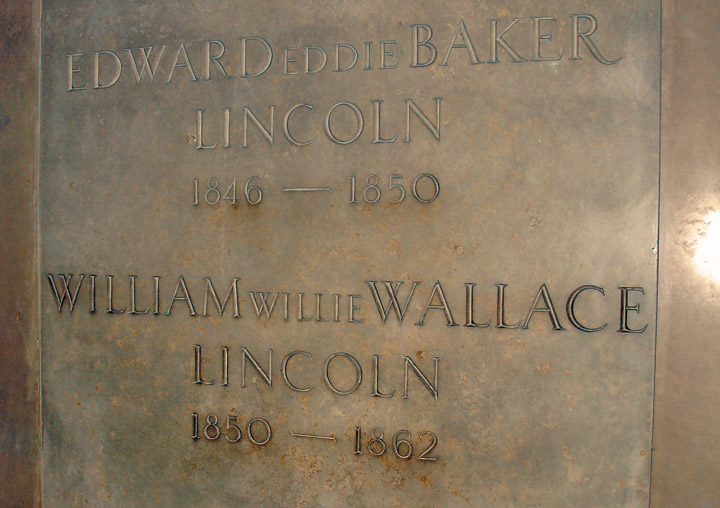
other children
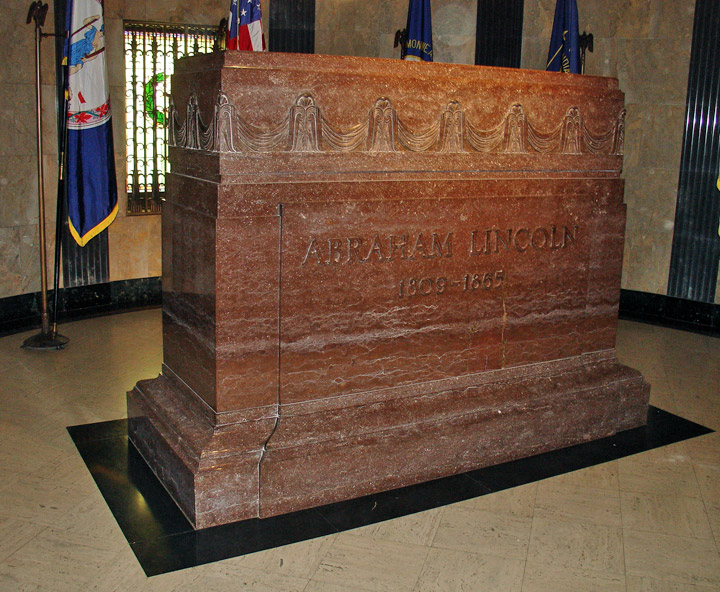
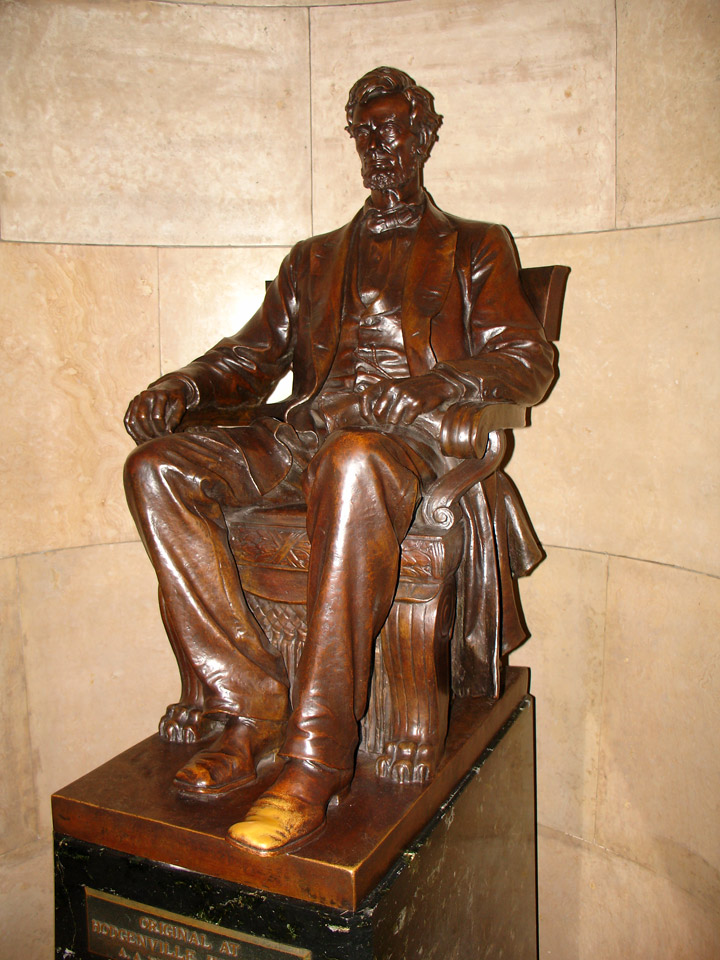
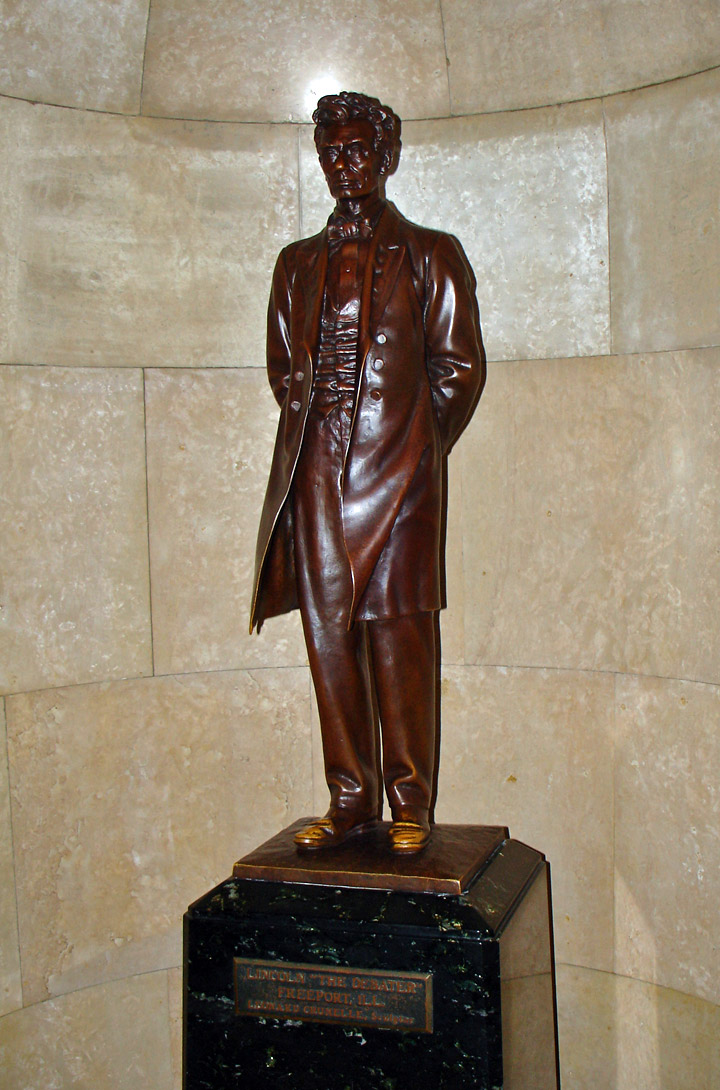
On October 9, 1874, officials removed Lincoln from his tomb, verified the remains once again, put his body in a lead-lined, red cedar coffin, and placed him in a marble sarcophagus in preparations for the dedication of the Monument six days later. On that day, amidst an enormous crowd, including veterans of the Army of the Tennessee attending its Eighth Annual Reunion, the Monument was dedicated with speeches, music, and the unveiling of the Lincoln statue on the pedestal. At the end of his address, the Honorable Jesse K. Dubois, the Association's Vice President, hoped that "There may [he] rest in peace." But he wouldn't for some time.
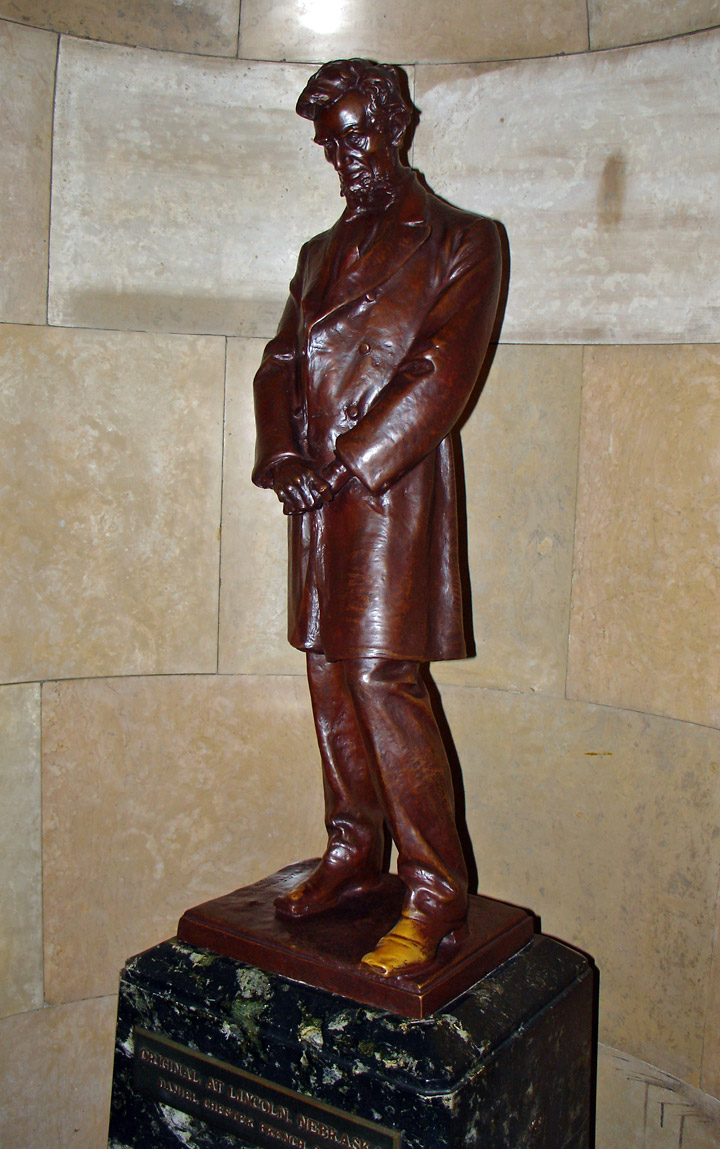
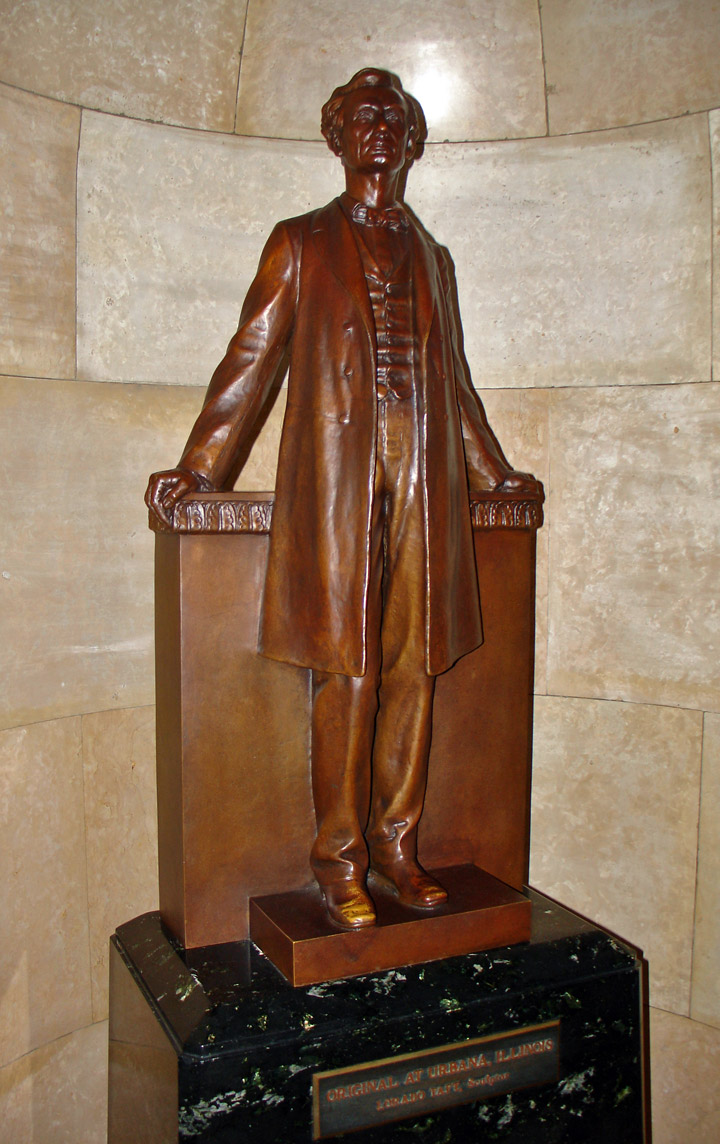
Two years after the dedication, Lincoln's body escaped a failed attempt by a counterfeiting ring to steal his body and hold it for a ransom of $200,000 and the freedom of the gang's imprisoned master engraver. In all, Lincoln's coffin has been moved 17 times, mainly due to reconstruction, and has been opened five times. The last time for both was September 26, 1901, when officials verified that the remains were Lincoln's and then set his coffin in a concrete crypt beneath the monument's floor surrounded by reinforced steel, in part to prevent further attempts at desecration. Despite additional reconstructions, Lincoln's remains have rested in peace since 1901. Thousands continue to journey to the tomb each year to pay their respects to one of the country's most revered leaders. It seems that the National Lincoln Monument Association completed its task of erecting a tribute that conveys the country's estimate placed upon his life, virtues, and public services.

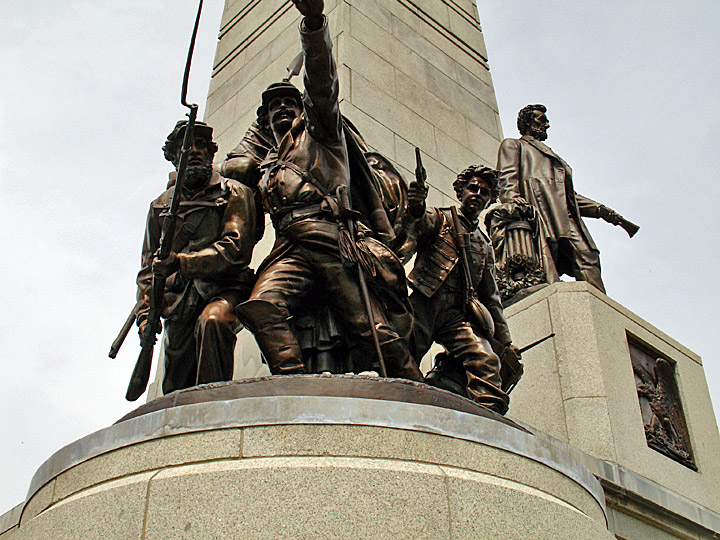
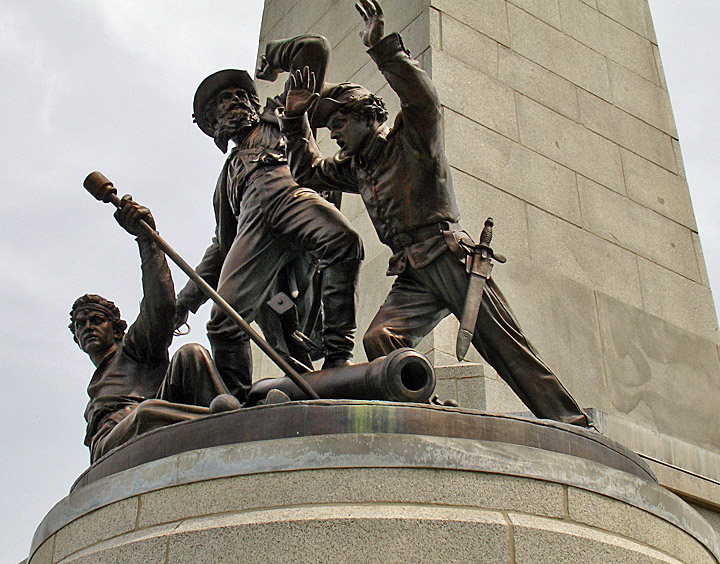
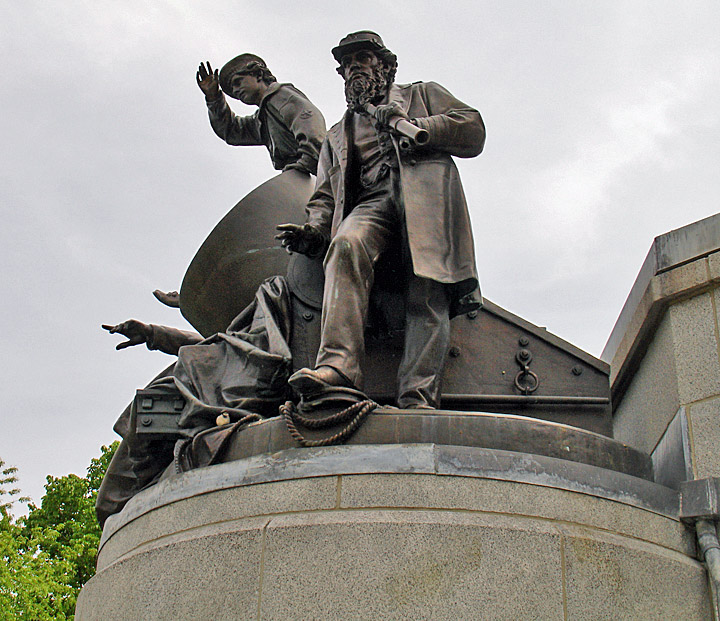

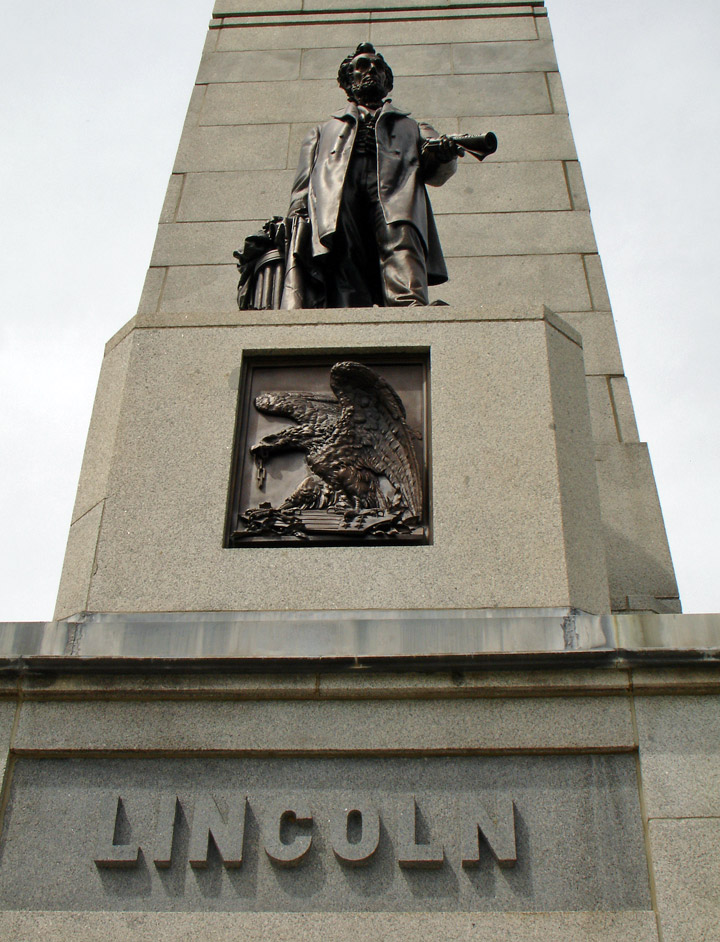
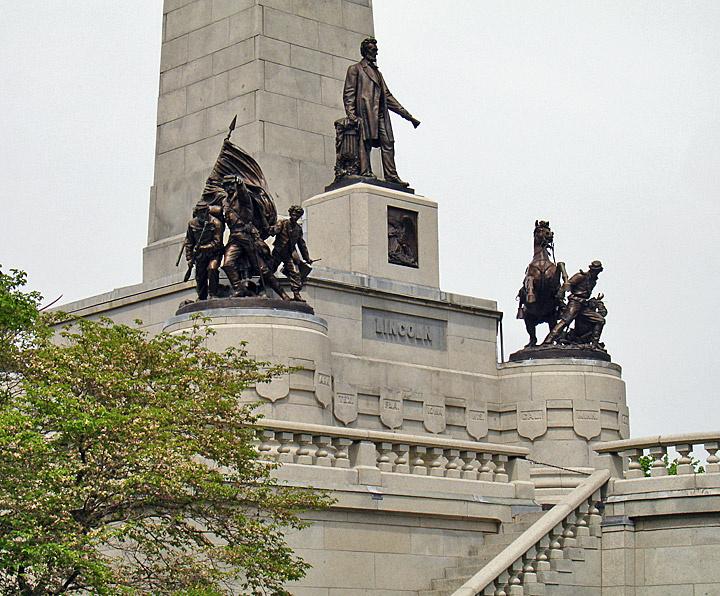
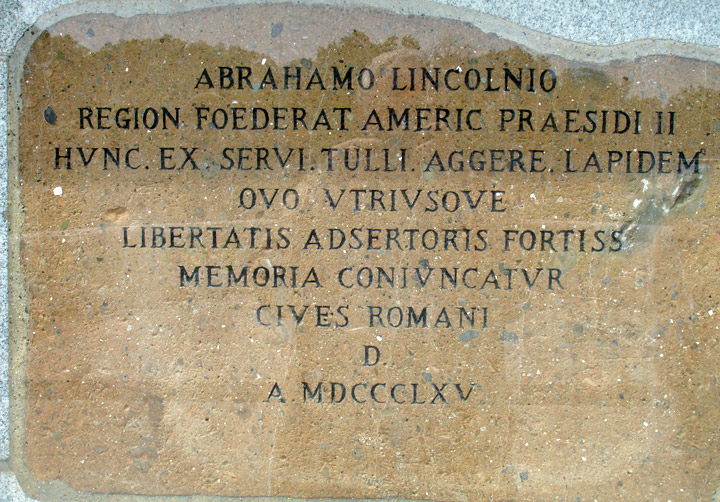
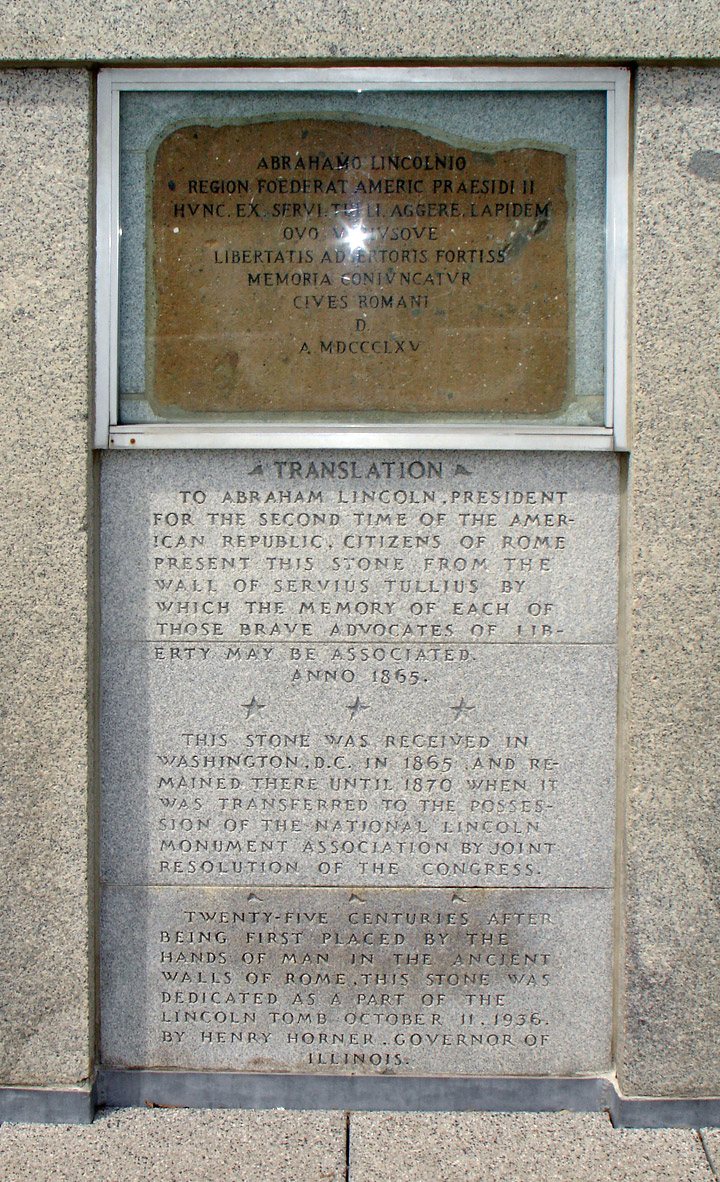
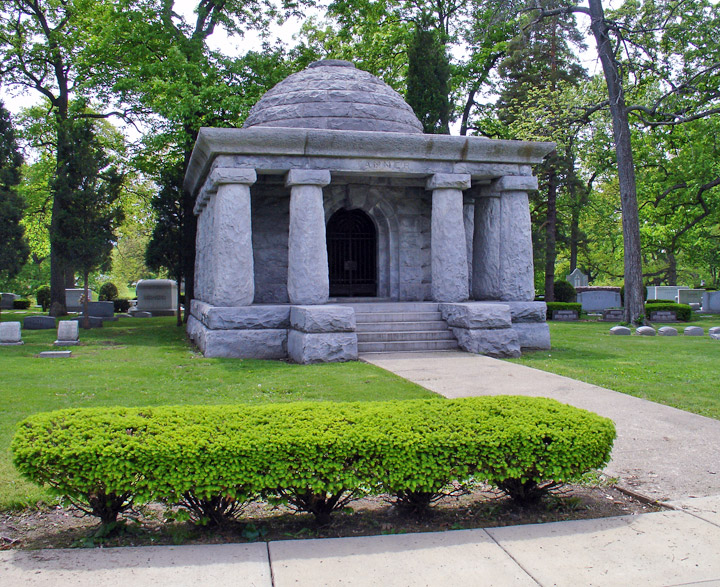
tomb of John R. Tanner, Governor, Illinois
